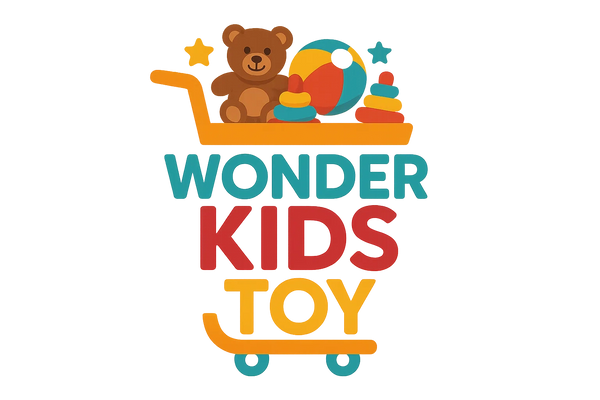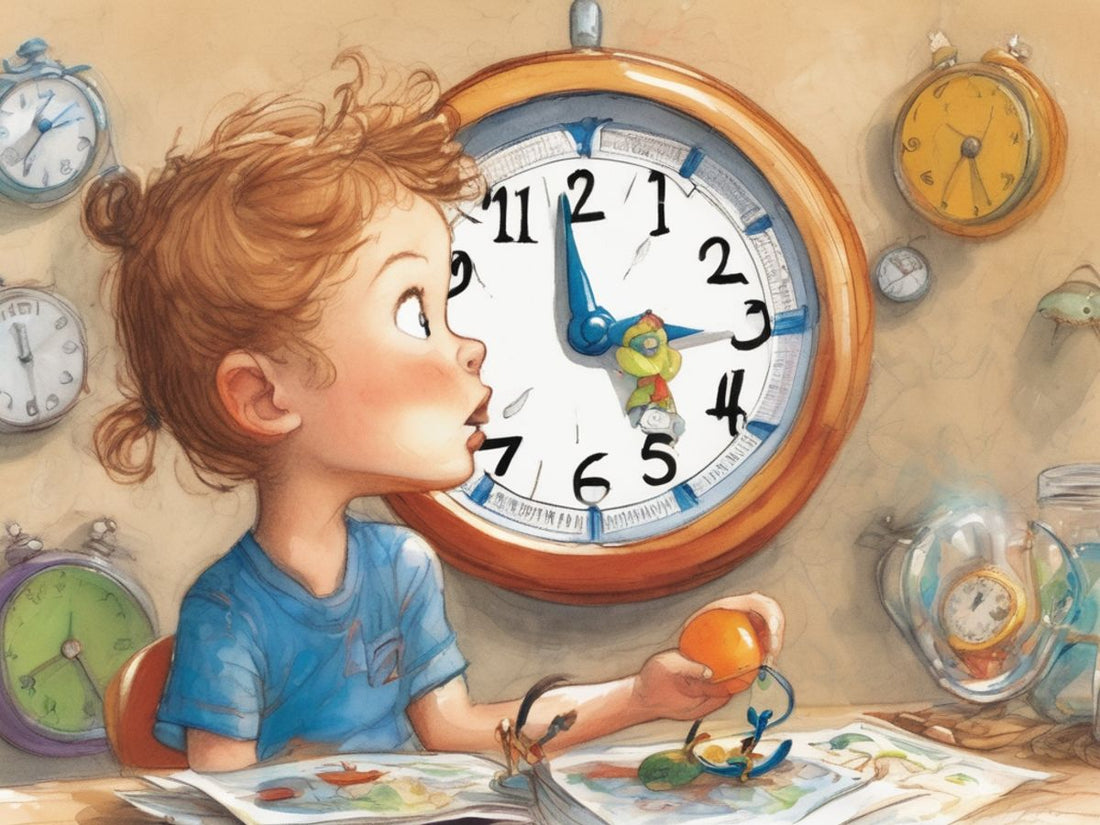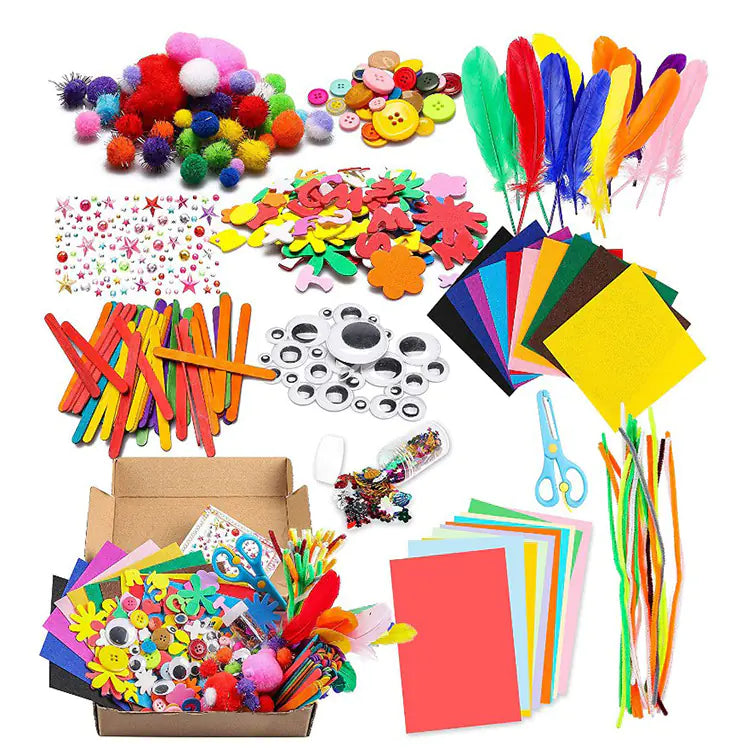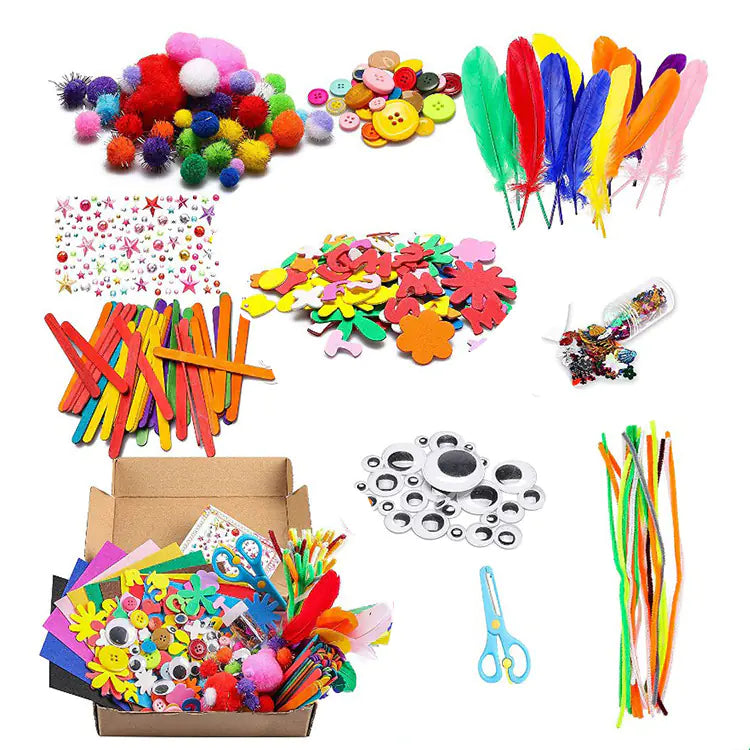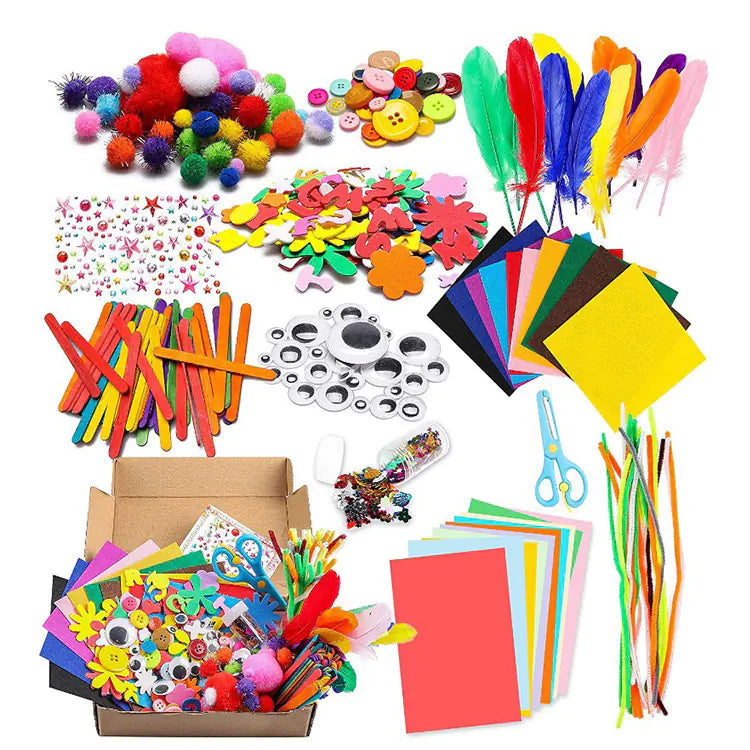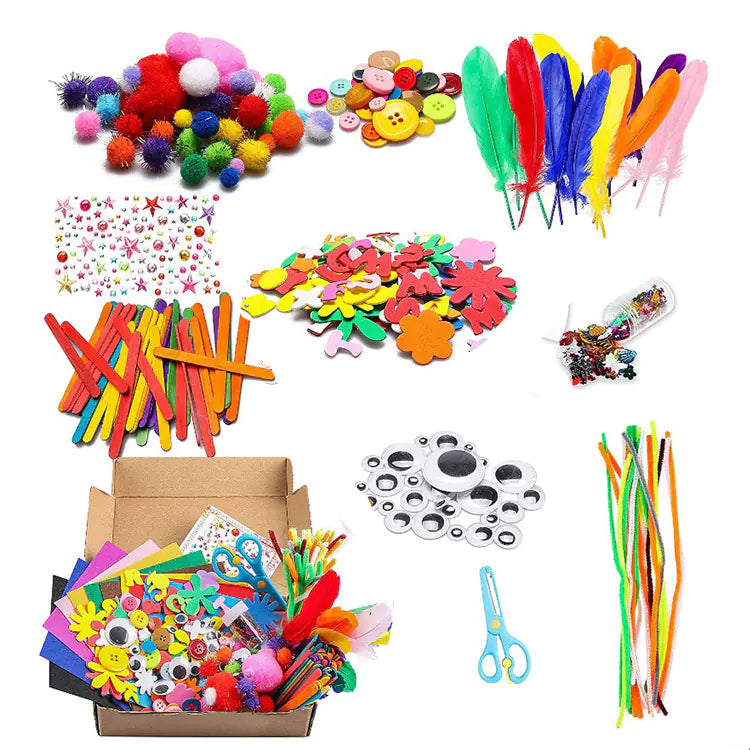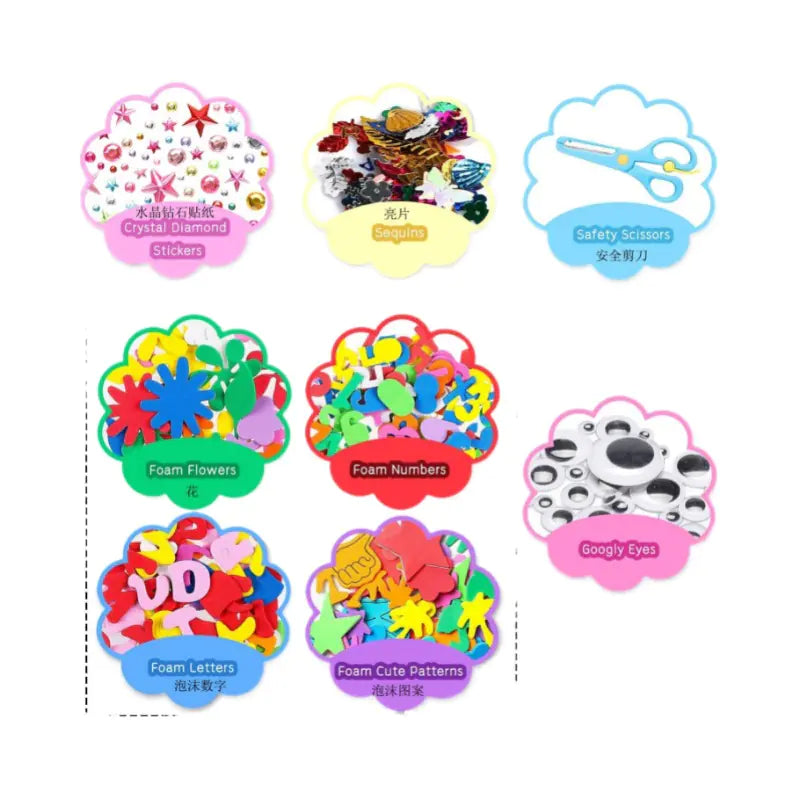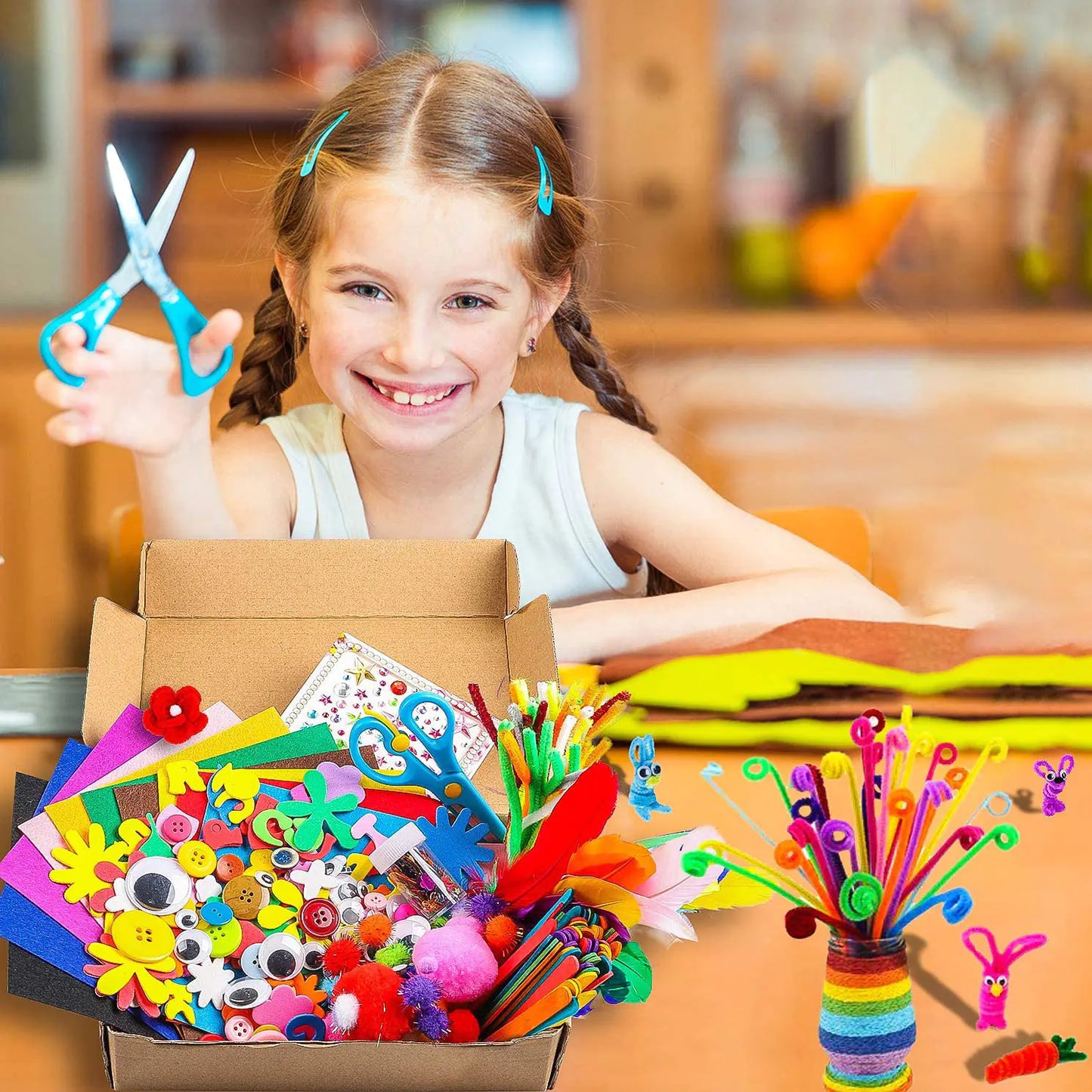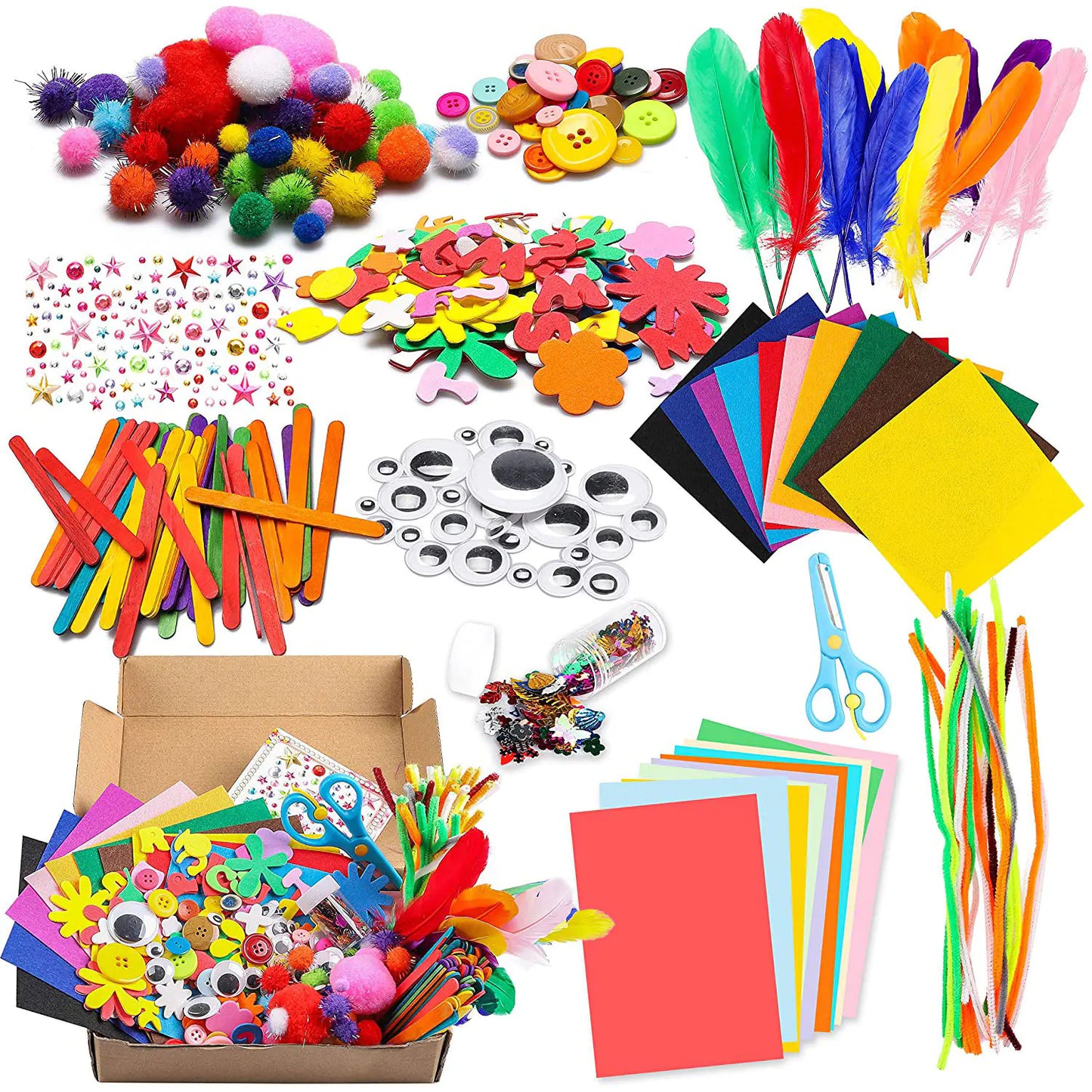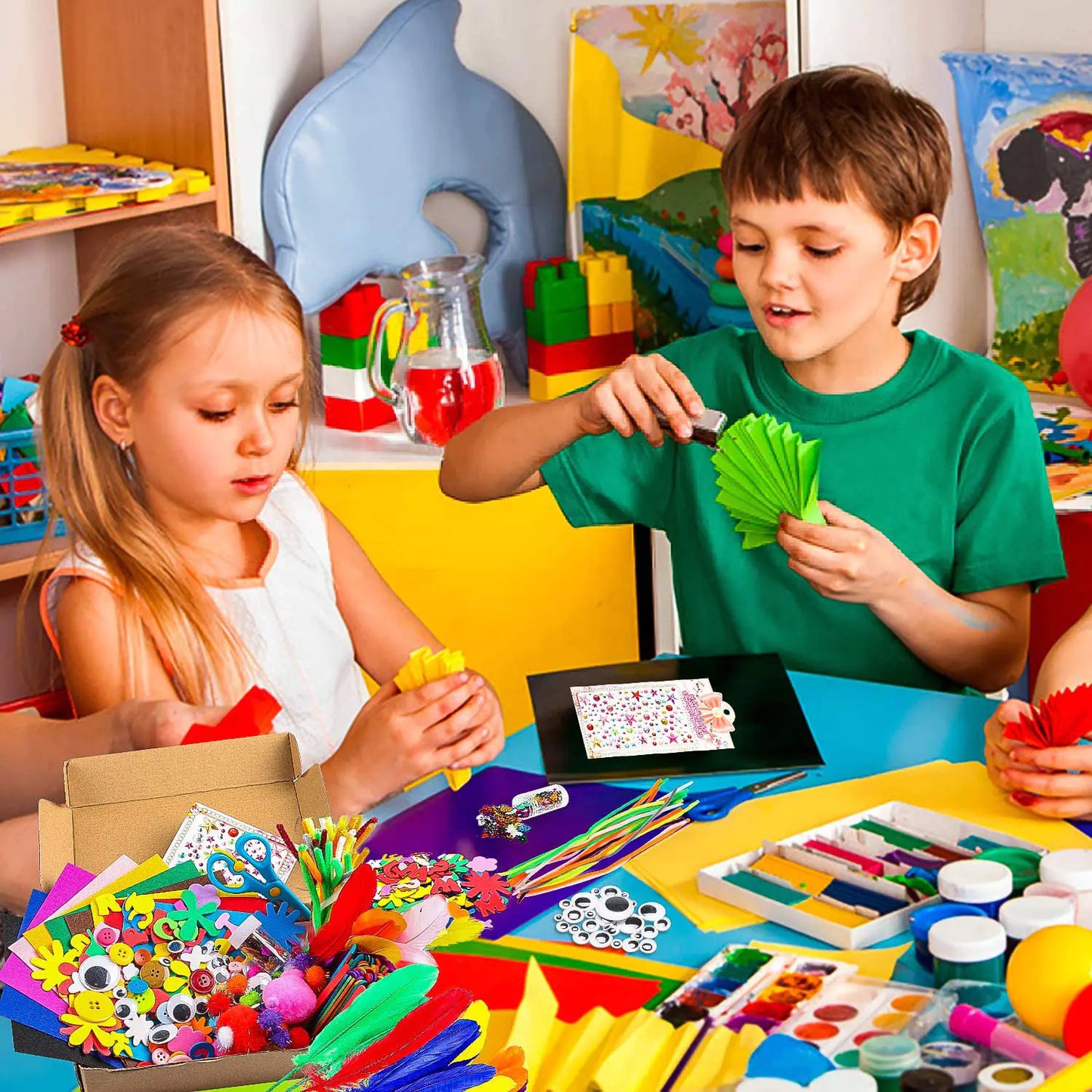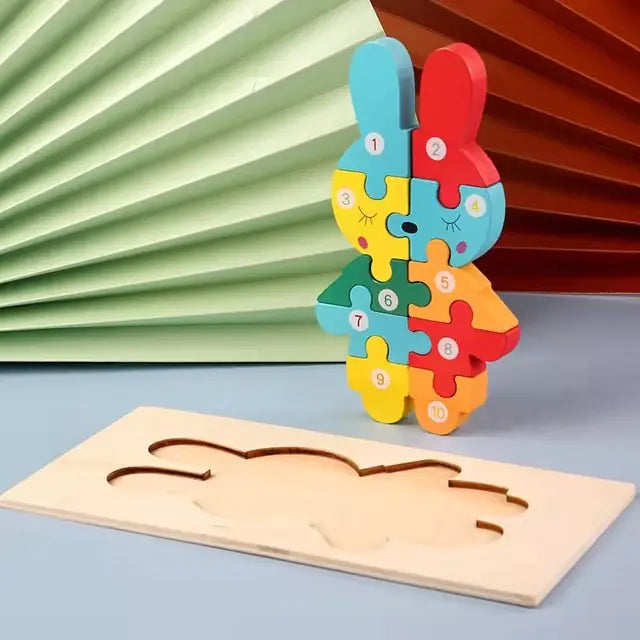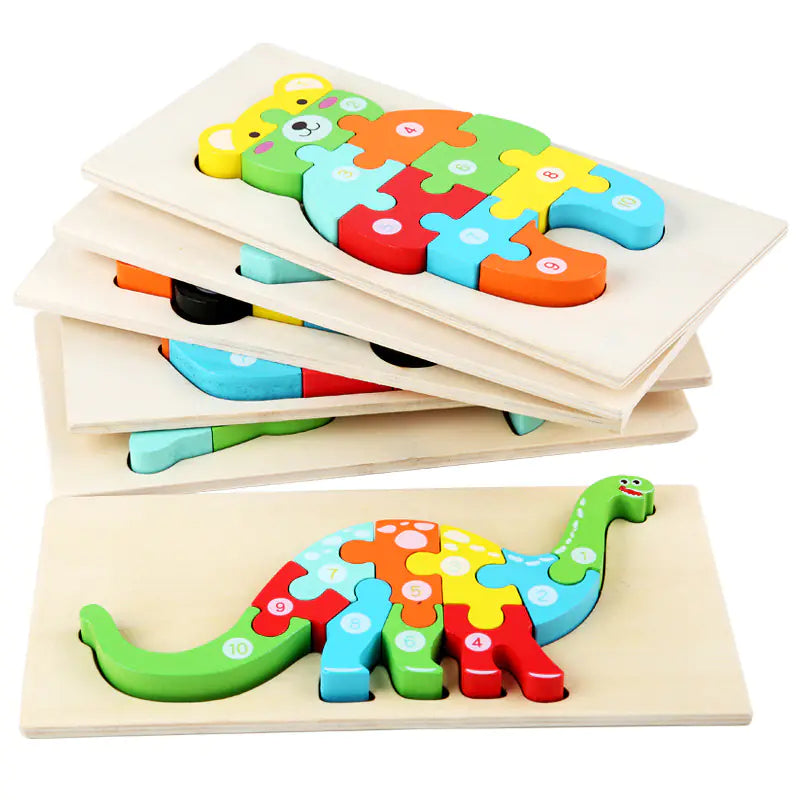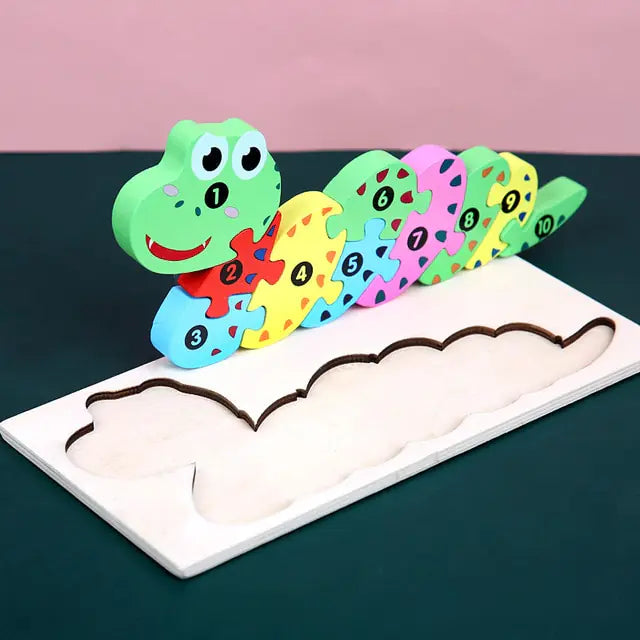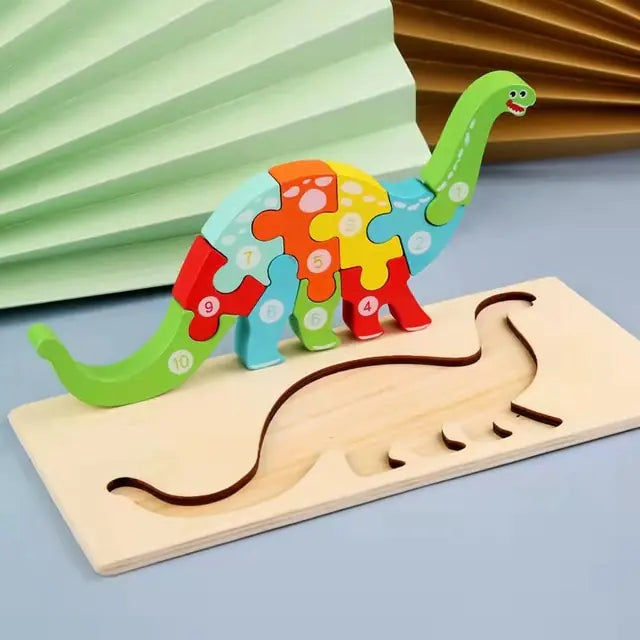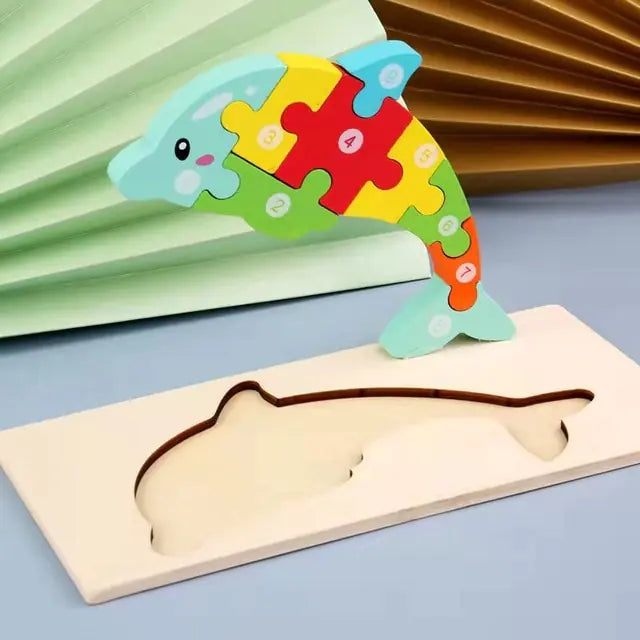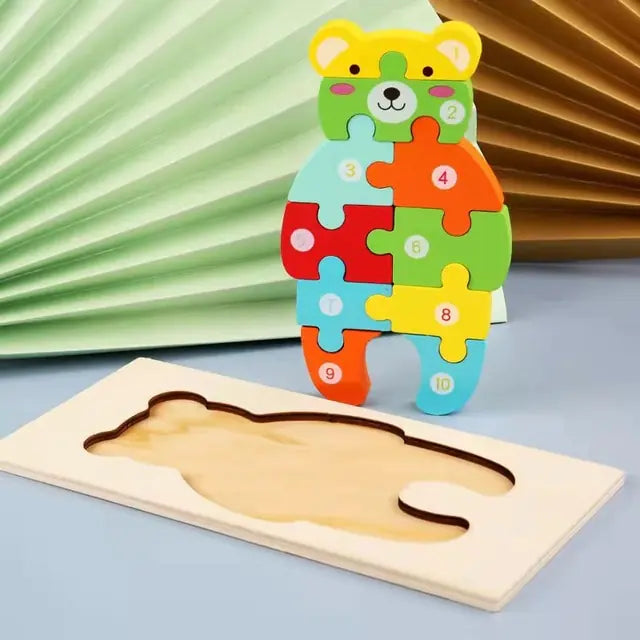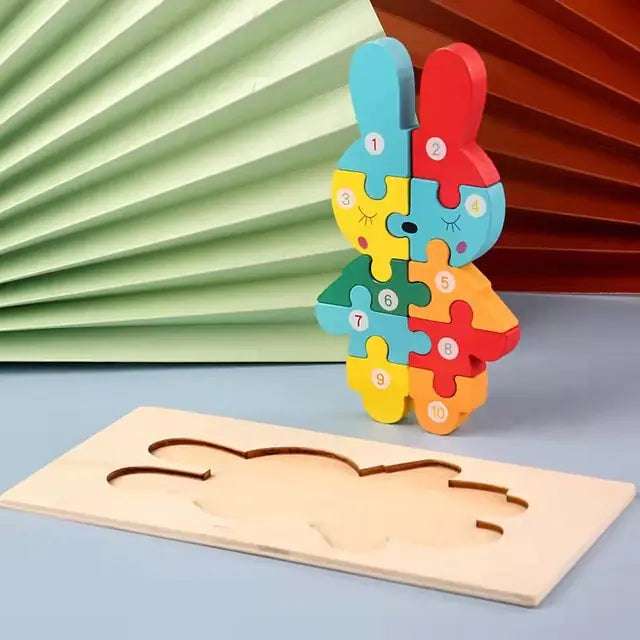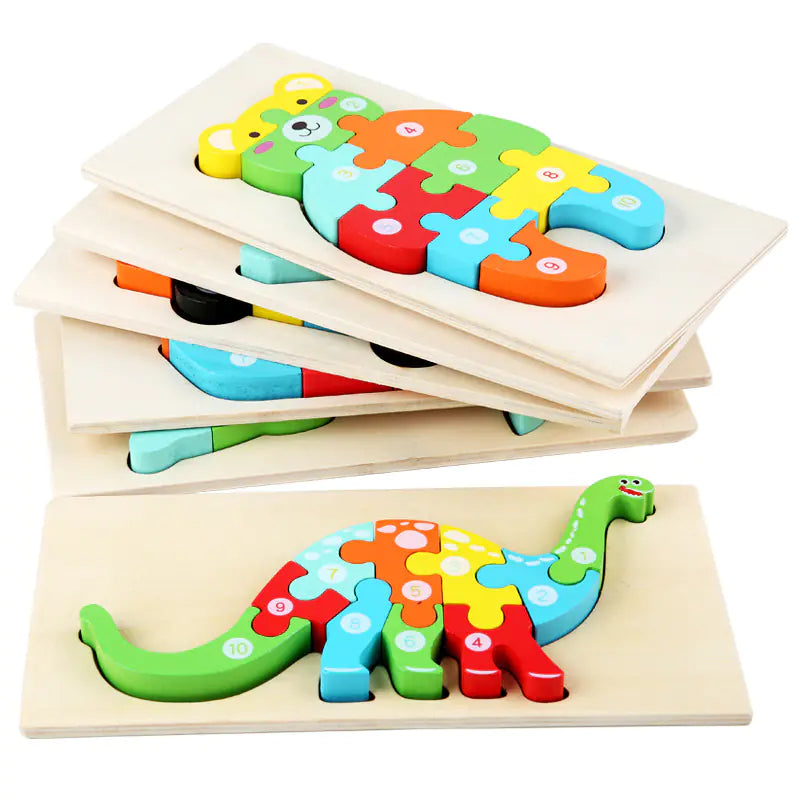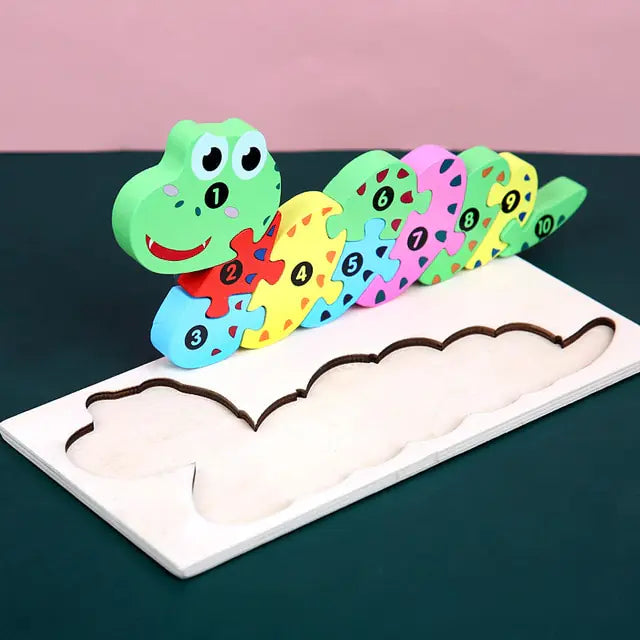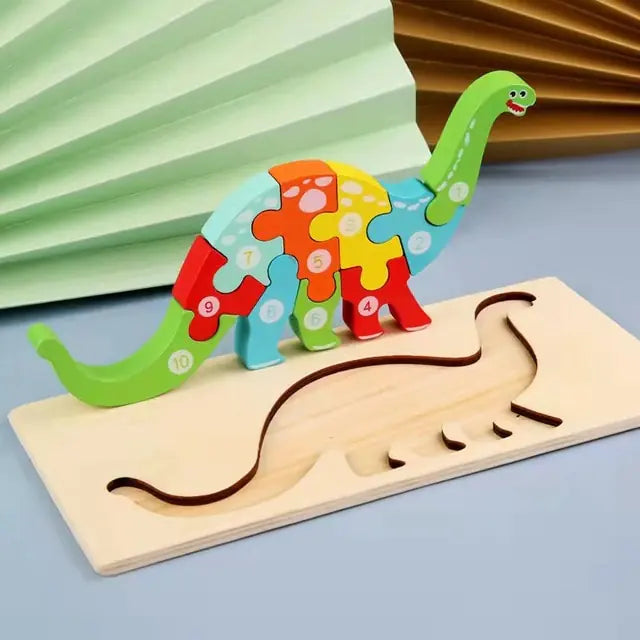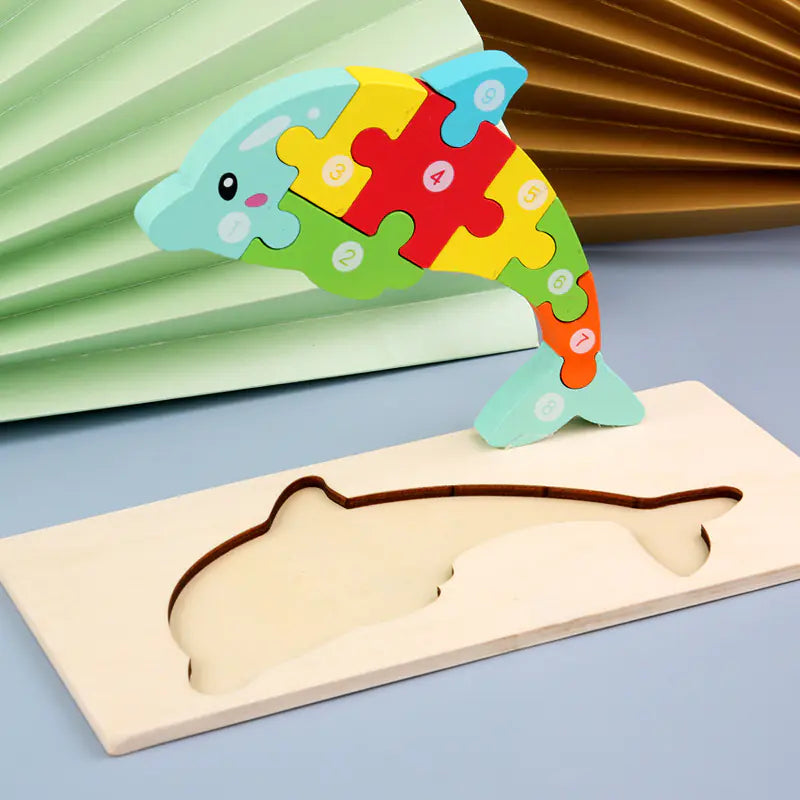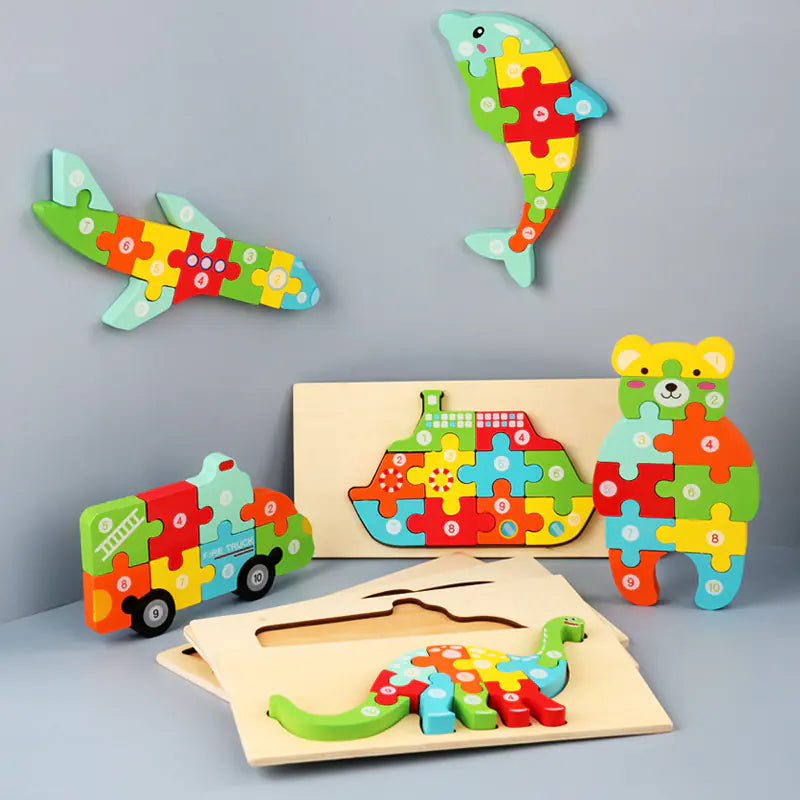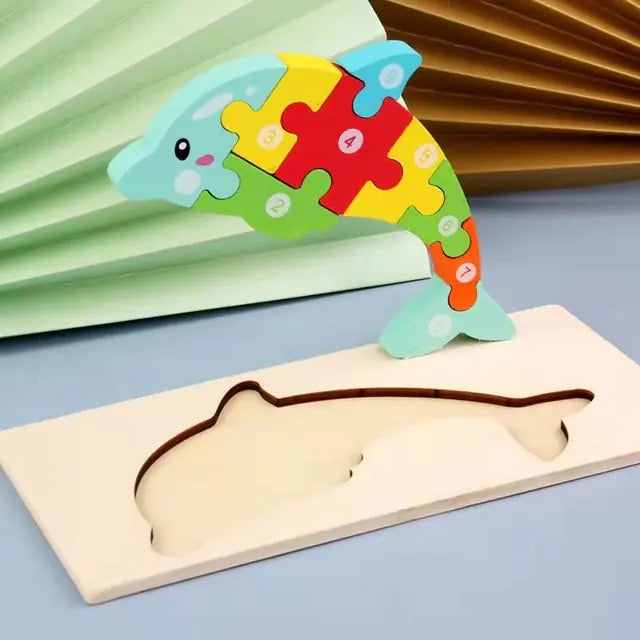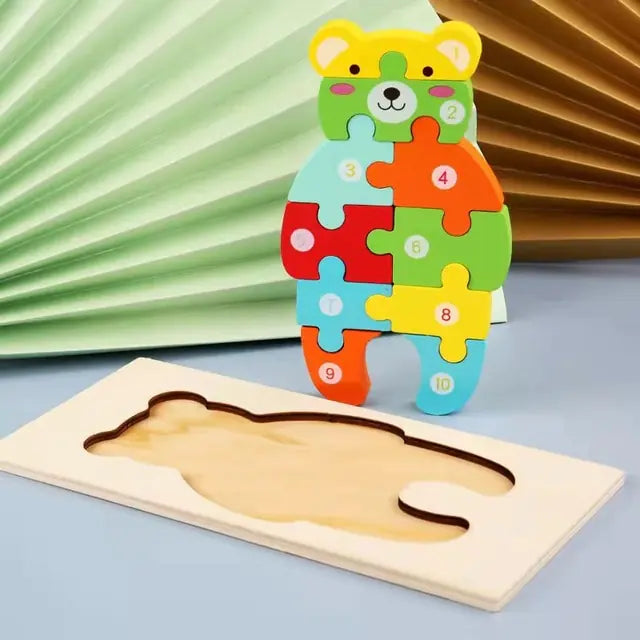Teaching your child to tell time is a fundamental life skill that can be both fun and educational. Learning clocks, especially analog ones, offer an engaging way for children to grasp the concept of time. This article will guide you through the benefits of using learning clocks, how to choose the right one, and various activities to make time-telling an enjoyable experience for your child.
Key Takeaways
- Learning clocks are effective tools for teaching children how to tell time, especially when starting with analog clocks.
- Choosing the right learning clock involves considering features such as clear numerals, movable hands, and durability.
- Incorporating fun activities, such as DIY clock projects and interactive games, can make the learning process enjoyable for children.
- Avoid common mistakes like skipping the basics or overloading information, and ensure consistent practice to reinforce learning.
- Learning to tell time also helps children develop essential math skills, including understanding numbers, sequences, and fractions.
Why Learning Clocks Are Perfect for Teaching Time

Benefits of Analog Clocks
Analog clocks are fantastic tools for teaching kids to tell time. They help children understand the passage of time in a visual and tangible way. Learning clocks aid children in understanding time through interactive methods, fostering independence and time management skills. Plus, they make it easier to grasp concepts like "half-past" and "quarter to," which can be tricky with digital clocks.
Why Digital Clocks Aren't Enough
While digital clocks are convenient, they don't offer the same educational benefits as analog clocks. Digital clocks simply display the time, but they don't help kids understand the concept of time or how to read it. Analog clocks, on the other hand, require kids to engage with the clock face, helping them learn to count by fives and understand the relationship between the hour and minute hands.
Analog clocks are just a special kind of number line, making them perfect for teaching time in a way that's both fun and educational.
Choosing the Right Learning Clock for Your Child

Features to Look For
When picking out a learning clock, there are a few key features to keep in mind. First, make sure the clock has clear, easy-to-read numbers. This helps your child quickly identify the hours and minutes. Second, look for clocks with movable hands. This allows your child to physically manipulate the clock, making the learning process more interactive. Lastly, consider clocks that come with additional learning tools, like flashcards or games, to make the experience more engaging.
Top Brands to Consider
There are several brands that offer excellent learning clocks. Here are a few you might want to check out:
- Clocktopus Learning Clock: This clock is not only functional but also interactive. It can be hung on the wall or used during lessons, making it versatile.
- Teacher’s Choice Dry Erase Clock: A simpler option, but still effective for teaching the basics of time-telling.
- Learning Resources Time Activity Set: This set includes a clock and various activities to help reinforce time-telling skills.
Choosing the right learning clock can make a big difference in how quickly and effectively your child learns to tell time. Make sure to pick one that suits your child's learning style and keeps them engaged.
Fun Activities to Teach Time Using Learning Clocks

DIY Clock Projects
One of the most engaging ways to teach your child to tell time is through DIY clock projects. You can make a simple analog clock using paper plates, markers, and brads. This hands-on activity not only helps kids understand the mechanics of a clock but also makes learning fun and interactive. Creating something tangible can make the concept of time more relatable for young minds.
Interactive Time-Telling Games
Games are a fantastic way to reinforce time-telling skills. You can play a game where your child has to set the clock to a specific time or match digital and analog times. These interactive games can turn learning into a fun puzzle that your child will enjoy solving. Plus, it provides an excellent opportunity for practice, which is crucial for mastering any new skill.
Using Everyday Moments
Incorporating time-telling into everyday moments can make learning seamless. For instance, ask your child to check the clock to know when it's lunchtime, playtime, or bedtime. This not only helps them practice telling time but also teaches them the importance of time management. By making time-telling a part of their daily routine, you can help your child become more comfortable and confident with the concept.
Making learning time fun and engaging is key to helping your child master the skill of telling time. With these activities, you can turn a challenging concept into an enjoyable experience.
Step-by-Step Guide to Teaching Time with Learning Clocks

Starting with the Basics
When teaching your child to tell time, it's crucial to start with the basics. Begin by helping them identify the parts of the clock, such as the hour hand, minute hand, and the numbers on the clock face. Understanding these fundamentals will make it easier for them to grasp more complex concepts later on. You can use a play-clock that allows you to move the minute hand to show any time, which makes the learning process interactive and fun.
Moving to Half-Hours and Quarter-Hours
Once your child is comfortable with the basics, you can move on to teaching them about half-hours and quarter-hours. Explain that the clock is divided into four quarters, and each quarter represents 15 minutes. Use phrases like "quarter past" and "half past" to make it relatable. This step is essential for building a strong foundation in time-telling.
Mastering Minutes and Seconds
The final step is to teach your child about minutes and seconds. This can be a bit tricky, but with patience and practice, they'll get the hang of it. Use a clock with the minutes marked off either by ones or by fives, from zero to 60. This visual aid will help them understand the concept of minutes and seconds better. Remember, practice makes perfect, so encourage them to keep practicing until they master it.
Teaching your child to tell time is a rewarding experience. By breaking it down into manageable steps, you can make the process enjoyable and effective for both of you.
Common Mistakes to Avoid When Teaching Time

Skipping the Basics
One of the biggest mistakes you can make is skipping the basics. It's essential to start with the fundamentals, like understanding the hour and minute hands. Without a solid foundation, your child may struggle with more complex concepts later on.
Overloading with Information
It's tempting to teach everything at once, but this can overwhelm your child. Focus on one concept at a time. For example, start with hours before moving on to half-hours and quarter-hours. This step-by-step approach makes learning more manageable and less stressful.
Ignoring Practice Time
Practice makes perfect, especially when it comes to telling time. Make sure to incorporate regular practice sessions into your child's routine. Use everyday moments, like meal times or bedtime, to reinforce what they've learned. Consistency is key to mastering this skill.
Remember, teaching time is a gradual process. Patience and regular practice will go a long way in helping your child become proficient at telling time.
How to Make Learning Time Fun and Engaging

When it comes to teaching kids how to tell time, making the process enjoyable is key. Interactive time-telling games can engage kids in learning both digital and analog clocks. Here are some ways to make learning time fun and engaging for your child.
The Role of Learning Clocks in Developing Math Skills

Understanding Numbers and Sequences
Learning clocks are fantastic tools for helping kids grasp the concept of numbers and sequences. When children learn to tell time, they practice counting by fives, which is a natural precursor to multiplication. This skill is essential for their overall math development.
Learning Fractions Through Time
Analog clocks provide a visual representation of fractions. For instance, understanding that 15 minutes is a quarter of an hour or 30 minutes is half an hour helps kids get a practical sense of fractions. This hands-on experience makes abstract concepts more concrete.
Enhancing Problem-Solving Skills
Telling time involves a lot of problem-solving. Kids need to figure out the difference between two times or understand how much time has passed. This kind of thinking enhances their problem-solving skills, which are crucial for math and everyday life.
Using learning clocks can turn a challenging concept into a fun and engaging activity, making math feel less like a chore and more like a game.
Using Technology Alongside Learning Clocks

Educational Apps
In today's digital age, there are countless educational apps designed to make learning time fun and interactive. These apps often include games and quizzes that help reinforce the concepts taught using analog clocks. One of the biggest benefits is that they can be used on-the-go, making it easy to practice time-telling skills anywhere.
Online Resources
There are numerous online resources available that offer printable worksheets, interactive lessons, and video tutorials. These resources can be a great supplement to traditional learning clocks, providing a well-rounded approach to teaching time. Websites like ABCmouse and Khan Academy offer comprehensive time-telling modules that are both engaging and educational.
Blending Digital and Analog Learning
Combining digital tools with analog learning clocks can provide a balanced approach to teaching time. For example, you can use an app to introduce a new concept and then reinforce it with a hands-on activity using a learning clock. This blended learning approach ensures that children understand both digital and analog representations of time, making them more versatile in their time-telling skills.
The key to effective learning is to make it engaging and interactive. By blending technology with traditional methods, we can create a more dynamic and enjoyable learning experience for our children.
Real-Life Applications of Time-Telling Skills

Daily Routines
Teaching your child to tell time can make daily routines smoother. From waking up on time to knowing when it's bedtime, understanding time helps kids manage their day. Being on time for school, appointments, and other activities becomes second nature, fostering a sense of responsibility and independence.
Planning and Scheduling
Kids who can tell time are better at planning and scheduling their activities. Whether it's setting aside time for homework, play, or chores, knowing how to read a clock helps them allocate their time wisely. This skill is crucial for developing good time management habits early on.
Time Management for Kids
Effective time management is a skill that benefits children throughout their lives. By learning to tell time, kids can better understand how long tasks take and how to prioritize their activities. This not only helps in academic settings but also in social situations, like participating in group activities or sports where time management is key.
Incorporating time-telling into everyday moments can make learning seamless and fun. Use clocks naturally throughout the day, and soon, your child will be a time-telling master.
How to Track Your Child's Progress in Learning Time

Tracking your child's progress in learning to tell time can be both fun and rewarding. Here are some tips to help you along the way.
Setting Milestones
Setting clear milestones is essential. Start with simple goals like recognizing the hour hand, then move on to more complex tasks like understanding half-hours and quarter-hours. Celebrate each milestone to keep your child motivated.
Using Progress Charts
Progress charts are a fantastic way to visually track your child's achievements. Create a chart with different time-telling skills and let your child add stickers or marks as they master each one. This not only makes learning fun but also gives them a sense of accomplishment.
Celebrating Achievements
Don't forget to celebrate your child's achievements, no matter how small. Whether it's a trip to the park or a special treat, rewards can be a great motivator. Remember, the goal is to make learning enjoyable and engaging.
Consistency is key. Regular practice and positive reinforcement will help your child become a time-telling pro in no time!
Why Consistency is Key in Teaching Time

Teaching your child to tell time is a journey, not a sprint. Consistency is crucial in helping them grasp the concept and become confident time-tellers. By incorporating daily practice, you can make learning time a natural part of their routine.
Daily Practice
Daily practice helps reinforce what your child has learned. It doesn't have to be a long session; even a few minutes each day can make a big difference. The key is to make it a regular part of their day, so they get used to thinking about time consistently.
Reinforcing Concepts
Repetition is the mother of learning. By consistently revisiting the basics, you ensure that your child fully understands each concept before moving on to more complex ideas. This reduces their cognitive load and makes learning more manageable.
Building Confidence
Consistency also helps build your child's confidence. As they become more familiar with telling time, their self-assurance grows. This confidence can spill over into other areas of learning, making them more eager to tackle new challenges.
Remember, the goal is to make your child a master timekeeper. With consistent practice and reinforcement, they'll be well on their way to mastering this essential life skill.
Consistency is the cornerstone of effective teaching, especially when it comes to managing time. By maintaining a steady routine, educators can create a stable learning environment that fosters student success. Discover more strategies to enhance your teaching methods on our website.
Conclusion
Teaching your child to tell time doesn't have to be a daunting task. With the right tools and a bit of patience, it can actually be a fun and rewarding experience for both of you. Remember to make it interactive and engaging by using learning clocks, playing time-related games, and pointing out real-life examples. Before you know it, your child will be confidently reading the clock and understanding the concept of time. So, grab a learning clock and start this exciting journey together!
Frequently Asked Questions
At what age should I start teaching my child to tell time?
Most children are ready to start learning to tell time around ages 5 to 6, once they have a good grasp of counting and basic number recognition.
Why are analog clocks better for teaching time than digital clocks?
Analog clocks help children understand the concept of time intervals and the movement of time, whereas digital clocks simply display numbers.
What features should I look for in a learning clock?
Look for features such as clear, easy-to-read numbers, movable hour and minute hands, and possibly color-coding to differentiate between the hands.
Are there any recommended brands for learning clocks?
Some top brands to consider are Melissa & Doug, Learning Resources, and The Teaching Company, known for their quality educational toys.
How can I make learning to tell time fun for my child?
Incorporate games, songs, and interactive activities like DIY clock projects or time-telling games to make learning engaging and enjoyable.
What are some common mistakes to avoid when teaching time?
Avoid skipping the basics, overloading with information, and neglecting regular practice. Make sure to build a strong foundation before moving to more complex concepts.
How can learning to tell time help with my child's math skills?
Learning to tell time can enhance understanding of numbers, sequences, fractions, and problem-solving skills, all of which are fundamental in math.
Can technology be used alongside learning clocks?
Yes, using educational apps and online resources can complement traditional learning clocks, offering a blended approach to time-telling education.
